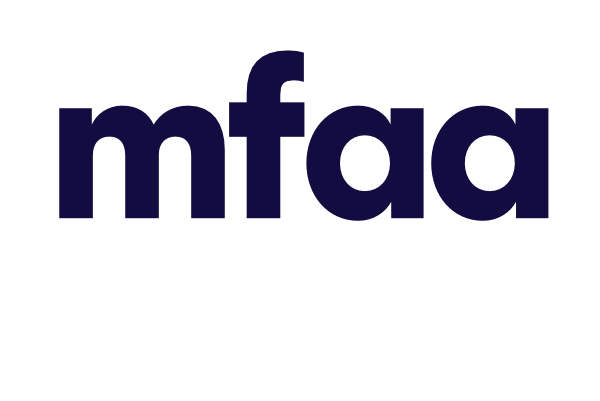Whether you’re a resi broker who’s relatively new to commercial/SME lending, or a seasoned business broker with some customers who are new to borrowing, this quick guide to key business lending terms will be a great conversation starter. It will help you to demystify some of the jargon used by lenders when they consider an SME for a loan.
These terms may vary across different lenders, depending on their methodology for assessing loan applications. We’ll begin with 10 common words and acronyms that you may encounter when applying for funding.
- EBITDA (earnings before interest, tax, depreciation and amortisation) – this is one of the key measures of a business’ financial health and is often regarded as a proxy for cash flow. It’s calculated by taking earnings, and adding interest, tax, depreciation, and amortisation. However, it’s important to note that EBITDA doesn’t take into account the costs of maintaining and sustaining capital assets over time. An example might be a haulage company with a fleet of trucks, where vehicle aging and replacement costs may not be captured by this measure.
- Leverage – generally describes the proportion a business has borrowed to fund assets. A business leverages when it uses loan funding to buy assets (for example equipment or inventory) on the assumption that the asset will generate more profits than the cost of the loan interest and grow the business faster. For example, a steel manufacturing business needs to buy a beam line costing $500,000, to fulfil a major new contract. Rather than using their own funds they borrow the $500K, on the basis that the profit from the contract outweighs the interest cost and supports the business’ growth. Leveraging can also be tax effective.
- DSCR (debt service coverage ratio) – the ratio of the SME’s available cash to the amount it needs to service its debt (including principal, interest, and leases payments etc). The DSCR is one of the key factors that will be assessed by the lender when working out whether an SME can afford the repayments. Each lender may apply a different DSCR metric, reflecting their individual risk appetite. Non-bank lenders’ risk appetites – always balanced by responsible lending principles – may be more flexible, with greater risk tolerances than mainstream banks.
- Free cash flow – an accounting metric that lenders may use to work out whether a business can generate good profits whilst supporting growth and meeting its commitments. Free cash flow is calculated by subtracting the SME’s capital expenses (investments that maintain or grow the business) from its operating cash flow. Some measures may also subtract dividends and working capital movements from the operating cash flow.
- Certificate of currency – also known as a Certificate of Insurance. This gives proof that an SME (and its assets) has a valid insurance policy and is protected by insurance cover. It’s important for all businesses, but especially so when a business is taking out loan funding to support a new contract or project.
- Risk Appetite – risk appetite varies from lender to lender. In general, non-bank lenders will be willing to wear a higher level of risk than mainstream banks. They may offset this risk through other aspects including conditions of the loan and interest rates. For example, non bank lender Banjo developed its risk appetite, through working with a wide range of SMEs across multiple industry segments, whilst gaining extensive expertise in the financing needs and risk profiles of Australian SMEs.
- Quick ratio – the ratio of short term assets to short term liabilities, giving an indication of the SME’s ability to meet its obligations in the future. The higher an SME’s quick ratio, the more favourably the lender is likely to view the company.
- Unsecured – unlike a number of traditional banks, non-bank lenders like Banjo can often provide unsecured loans to SMEs, subject to certain loan conditions. This means the SME is generally not required to put up property-based assets as a security against the loan.
- Directors’ Guarantee – where a Director of the borrowing SME is personally liable for the debt if the business doesn’t repay the loan. Many lenders require a Directors Guarantee, since it effectively demonstrates that a Director has the confidence to back his or her own business. It’s always best for an SME to get independent legal advice before signing a Directors Guarantee.
- GSA (general security agreement) – an agreement between the lender and the SME (company), that provides the lender with certain powers, including security over current or future company assets if the SME doesn’t pay back the loan. Often lenders will require both a GSA and a Directors’ Guarantee as part of the loan conditions.
Whether you commit these terms to memory or not, the team at Banjo are always on hand to talk, jargon-free, about your or your customer’s funding needs.





